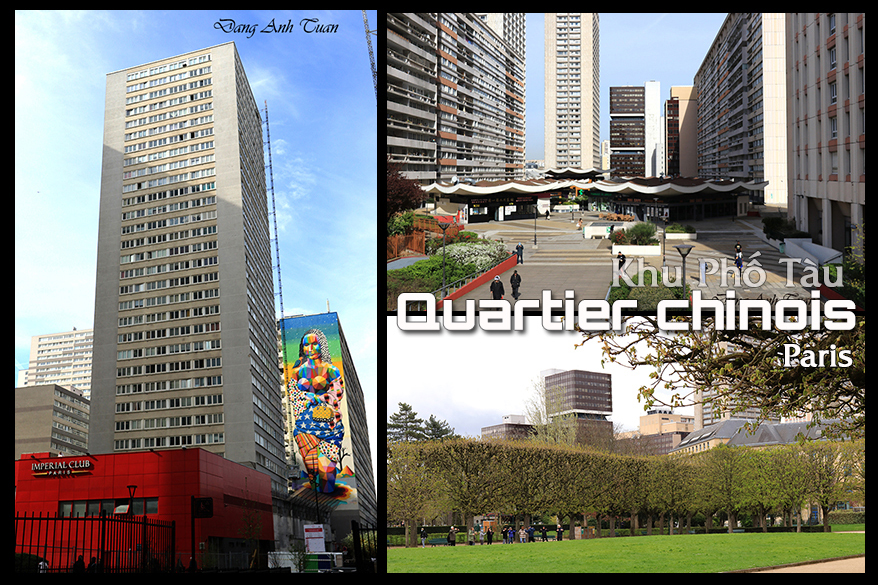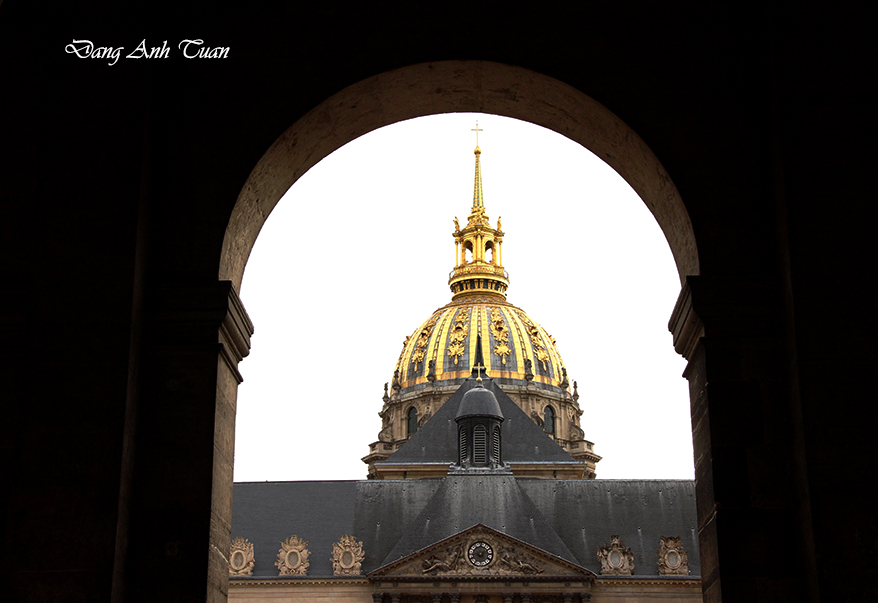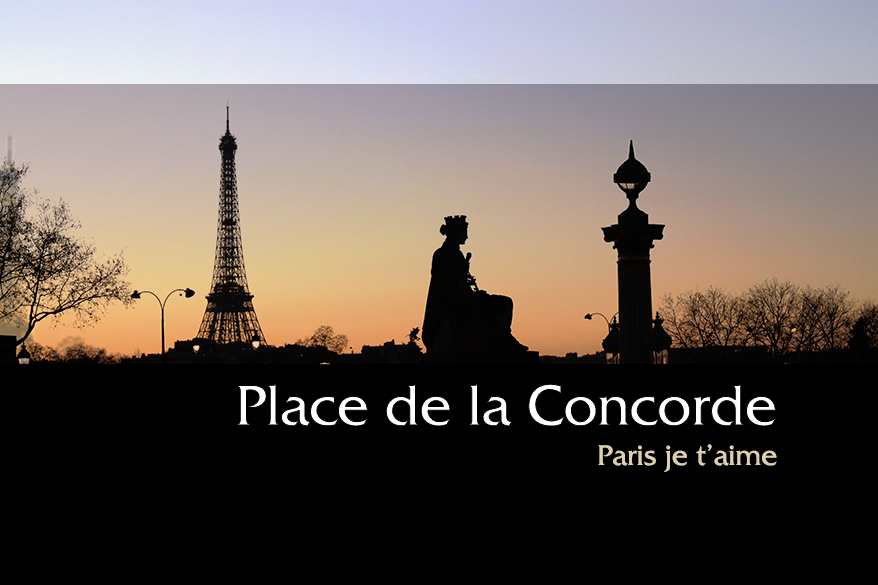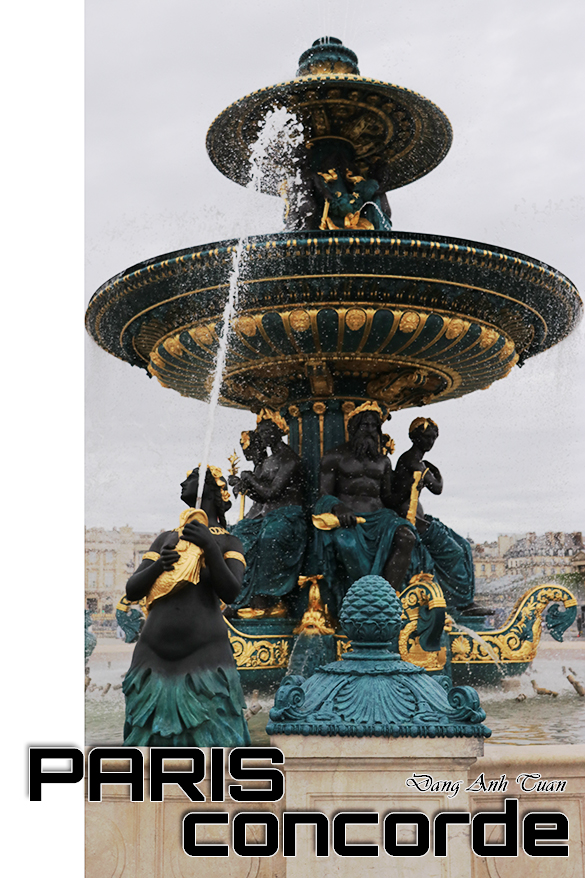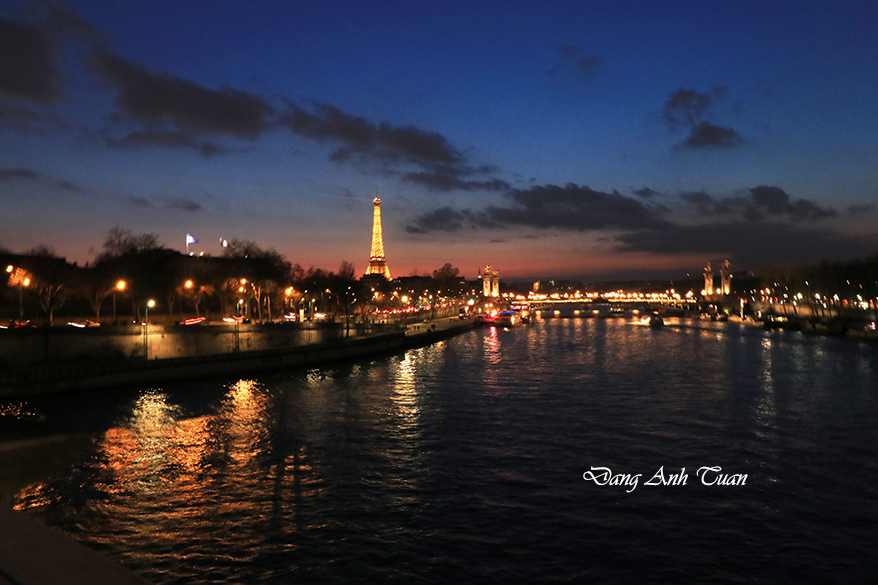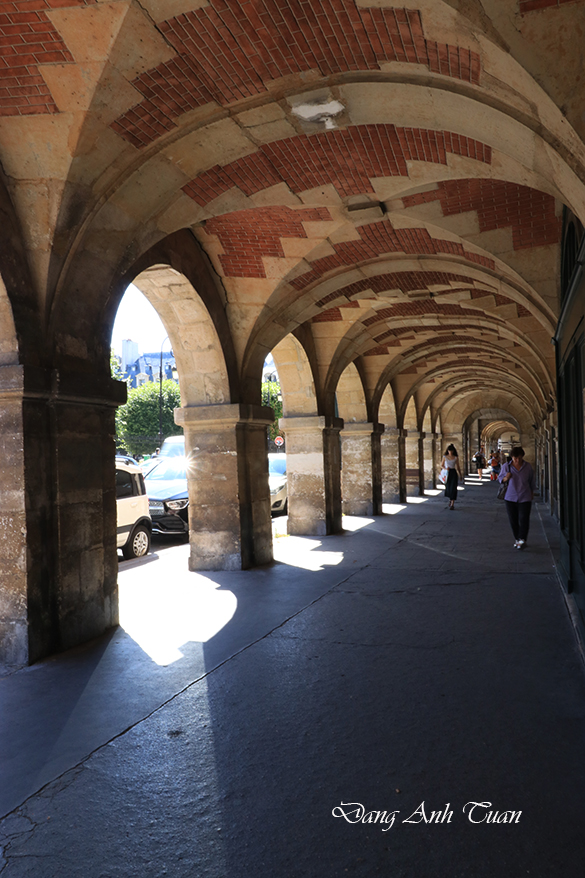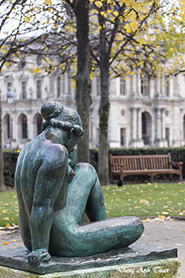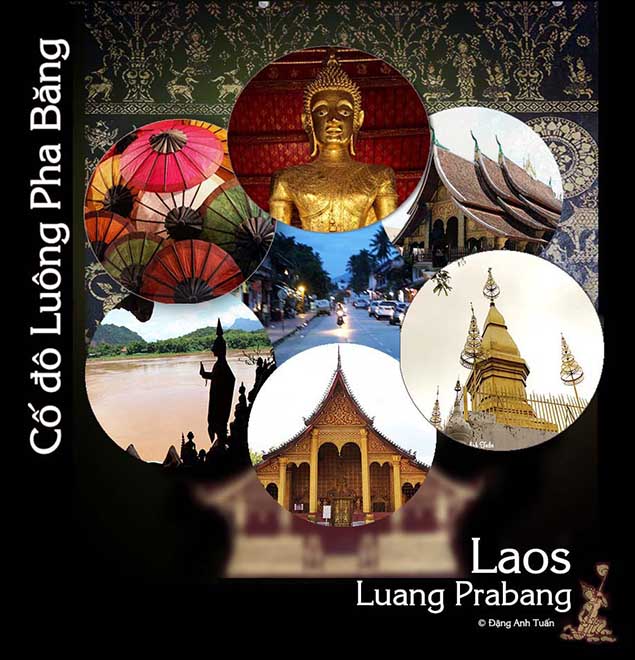Nghệ thuật thành phố (Art de rue)
Tôi vẫn nhớ trước 1975, quận 13 là cái nôi của ngành công nghiệp xe hơi Pháp. Bởi vậy nên có nhiều dân lao đông từ khắp nơi về đây cư trú. Thời đó còn là sinh viên ở cư xá, mình muốn ăn tô mì « dơ » phải ra ga Lyon hay đến khu latin (khu sinh viên quận 5), nơi đây có mấy quán Việt-Tàu nằm thưa thớt ở trên đường Saint Jacques. Lúc đó thì có một dự án xây cất 16 400 căn hộ với 55 tòa nhà chọc trời được kiến trúc sư Le Corbusier thiết kế để bán hoặc cho thuê nhưng cuối cùng chỉ có 30 toà nhà đuợc hoàn thiện trên khu tam giác Choisy-Ivry-Massena được giới hạn bởi đại lộ Masséna cùng với hai con đường dài Ivry và Choisy. Vì không muốn sống lạc lõng trong những toà nhà cao tầng nầy, đa số dân lao động mới chuyển ra ngoại ô sinh sống. Vì thế sau biến cố 1975, người thuộc xứ Đông Dương cũ mới chọn khu tam giác nầy để sinh sống và buôn bán. Cũng có rất nhiều người Hoa đến từ Đông Dương cũng cư trú ở nơi nầy. Nay thì quen miệng gọi là khu Tàu chớ thât sự phải nói là khu của người Đông Dương mới đúng. Khu nầy trở nên ngày nay khu ăn uống đi chợ cùa ngưòi Châu Á. Người Việt chúng ta thích đến đây ăn uống hẹn hò và trò chuyên chớ phần đông vẫn thích sống an nhàn nên thường ở rải rắc ngọai ô và sống hoà đồng dễ dàng với người Pháp hơn.
Je me souviens qu’avant 1975, le 13ème arrondissement était le berceau de l’industrie automobile française. C’est pourquoi de nombreux ouvriers venus de tous les coins s’y étaient installés. Étant encore étudiant à cette époque, afin de pouvoir manger une soupe de porc aux nouilles, je devais aller à la gare de Lyon ou au quartier latin (celui des étudiants du 5e arrondissement) où il y avait des restaurants vietnamiens et chinois disséminés le long de la rue Saint Jacques.
À l’époque, il y avait un projet de construction de 16 400 appartements destinés à vendre ou à louer aux travailleurs avec 55 gratte-ciel conçus par l’architecte Le Corbusier mais il n’y avait que 30 bâtiments qui ont été construits à la fin des travaux dans le triangle Choisy-Ivry-Masséna délimité par le boulevard Masséna avec les deux longues avenues d’Ivry et de Choisy. Ne voulant pas vivre isolés dans ces gratte-ciel, la plupart de ces travailleurs décidaient de déménager dans les banlieues. C’est pourquoi après les évènements de 1975, les gens vivant dans l’Indochine française (Vietnamiens, Laotiens et Cambodgiens) ont choisi ce triangle pour y vivre et faire le commerce. De nombreux Chinois venant de l’Indochine française s’y installèrent aussi. On est habitué à l’appeler sous le nom « quartier chinois » mais on doit dire normalement « quartier indochinois ». Celui-ci devient aujourd’hui le quartier où les Asiatiques se donnent le rendez-vous pour se rencontrer, faire les courses ou manger ensemble à la fin de la semaine. Quant aux Vietnamiens, ils préfèrent un autre mode de vie plus tranquille en vivant disséminés un peu partout et en s’intégrant facilement au milieu français.
Nghệ thuật thành phố (Street Art)
Khu phố Tàu cũng có một đặc điểm mà ít ai để ý đến. Đấy là nghệ thuật đường phố nhất là khu nầy rất có nhiều toà nhà chọc trời. Ce quartier indochinois a aussi une caractéristique que peu de gens ont remarquée. C’est l’art de rue ou (street art) qui est tellement visible sur les murs de ses gratte-ciel.

